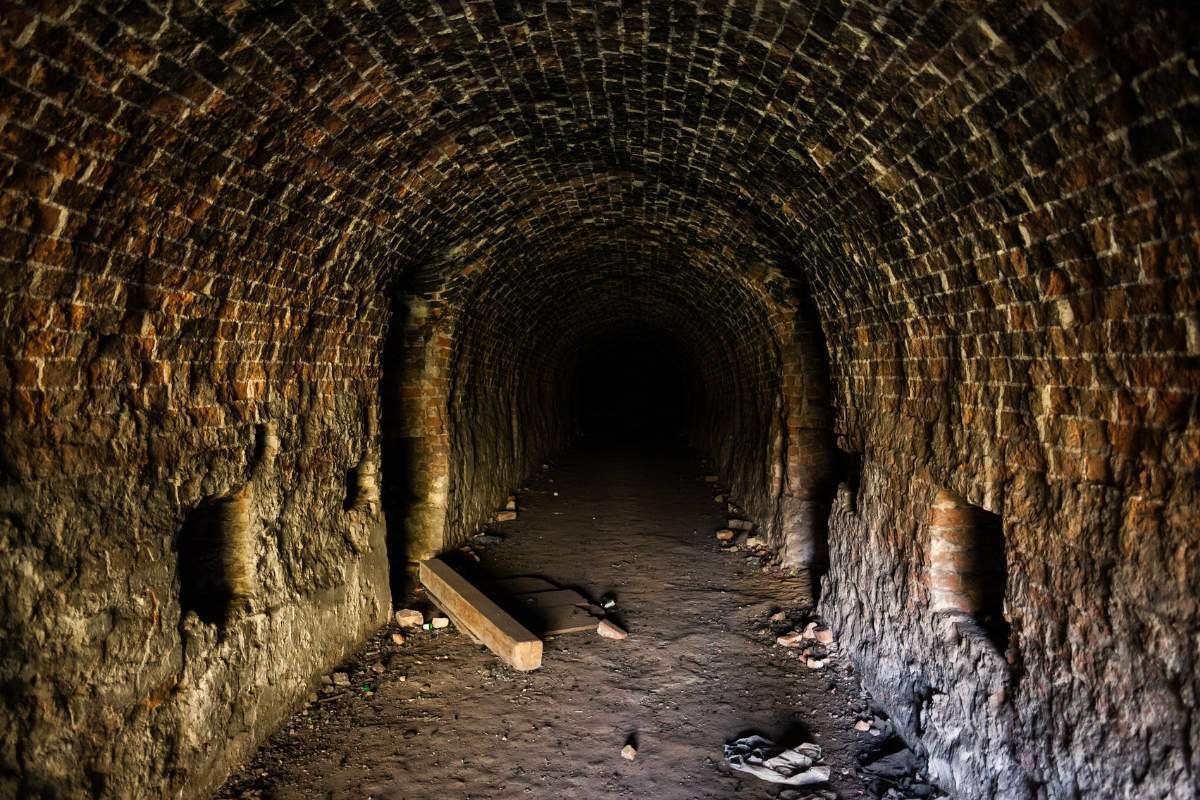Have you ever wondered how to switch to solar energy without feeling overwhelmed? Choosing the right solar panels for your property can seem daunting, but it doesn’t have to be. In this guide, we’ll break down everything you need to know—from calculating your household’s energy needs and evaluating your roof’s suitability to understanding the different types of solar panels for your home and their costs. We’ll also dive into the importance of warranties and how to find a reputable installer. By the end, you’ll have all the tools you need to make an informed decision and start saving on your electricity bills. Ready to harness the power of the sun? Let’s get started!
Here is a guide to choosing the right solar panels for your property:
Assess Your Energy Needs
Experts at Sun Valley Solar Solutions advise that before investing in solar panels for your property, you must assess your energy needs. Start by calculating your household’s energy consumption. Grab your latest electricity bill and look for the section that shows your monthly usage in kilowatt-hours (kWh). This number is crucial as it will help you determine the size and number of solar panels you need.
Here’s a step-by-step guide to help you out:
- Locate the section on your electricity bill that shows your monthly kWh usage.
- Record the usage for the past 12 months to get an annual total.
- Divide the annual total by 12 to find your average monthly consumption.
Understanding your peak energy usage times is equally important. Typically, households consume more energy during the evening when everyone is home. Knowing these peaks can help you optimize your solar panel setup. Tools and apps like EnergyHub or Sense can track your energy consumption in real time, providing valuable insights into your usage patterns.
By understanding your energy consumption, you can make informed decisions about the type and number of solar panels that best suit your needs. This ensures you get the most out of your investment and helps reduce your carbon footprint.
Evaluate Your Roof’s Suitability
When installing solar panels for your property, the first step is to evaluate your roof’s suitability. Several factors come into play, such as roof orientation, angle, and shading. Your roof should face south to maximize sunlight exposure. The angle of your roof also matters; a slope between 30 to 45 degrees is generally considered optimal. Shading from nearby trees or buildings can significantly impact the efficiency of your solar panels, so it’s crucial to assess this aspect carefully. Before you get too excited about going solar, take a moment to check the condition and material of your roof. Is it sturdy enough to support the additional weight of solar panels? A detailed checklist can help you assess this:

- Roof Material: Asphalt shingles, metal, and tiles are generally suitable for solar panels.
- Roof Condition: Ensure there are no leaks or structural issues.
- Roof Space: Adequate space is essential for installing sufficient panels.
- Structural Integrity: Your roof must be strong enough to handle the weight of the panels and mounting equipment.
For those not roofing experts, consulting a professional for a detailed roof assessment is wise. They can provide insights into your roof’s structural integrity and suitability, ensuring you make an informed decision. Experts’ advice can be invaluable in this process, helping you avoid costly mistakes and ensuring your solar investment pays off in the long run.
Understand Different Types of solar panels for your property
When choosing the right solar panels for your property, it’s crucial to understand the differences between monocrystalline, polycrystalline, and thin-film panels. Each type has advantages and disadvantages, which can help you make an informed decision.
Monocrystalline panels are known for their high efficiency and long lifespan. They are made from a single crystal structure, which allows electrons to move more freely, resulting in higher efficiency rates. However, they tend to be more expensive. Popular brands like SunPower and LG offer top-notch monocrystalline panels. These panels are ideal for areas with limited space but high energy needs.

Polycrystalline panels, on the other hand, are made from multiple silicon crystals. They are generally less efficient than monocrystalline panels but come at a lower cost. Brands like Canadian Solar and Trina Solar are well-known for their polycrystalline options. These panels are a good choice for larger spaces where efficiency is not the primary concern.
Thin-film panels are the least efficient but also the most flexible and lightweight. They are made from various materials, including cadmium telluride and amorphous silicon. These panels are often used in commercial applications where weight and flexibility are more important than efficiency.
Calculate Costs and Potential Savings
When considering solar panels for your property, understanding the initial costs is crucial. These costs typically include installation and maintenance. Calculating potential savings on your electricity bills is another critical step. If your monthly electricity bill is $150, switching to solar could save you around $1,800 annually.
Over 20 years, that’s a whopping $36,000! Don’t forget to factor in incentives, rebates, and tax credits. For instance, the federal solar tax credit can reduce costs by 26%. Financing options also play a significant role. You can opt for solar loans, leases, or power purchase agreements (PPAs). Each has its benefits. For example, a solar loan allows you to own the system and benefit from tax credits, while a lease or PPA might offer lower upfront costs. Experts’ advice often leans towards loans for long-term savings.
Research Solar Panel Warranties and Certifications
Understanding the importance of warranties and certifications is crucial when investing in solar panels for your property. A solid warranty can save you from unexpected costs and ensure your system performs optimally for years. Typically, warranties cover product defects, performance guarantees, and labor costs. It’s essential to know what each warranty entails to avoid unpleasant surprises down the line.
Standard certifications, such as UL (Underwriters Laboratories) and IEC (International Electrotechnical Commission), signify that the panels meet stringent safety and performance standards. These certifications are a testament to the quality and reliability of the solar panels.

Performance guarantees ensure that your solar panels will produce a certain amount of energy over their lifespan. This is vital for calculating your return on investment. Additionally, choosing certified installers is as essential as selecting the right panels. Certified professionals ensure that the installation meets all safety standards and maximizes the efficiency of your system.
Choose a Reputable Solar Panel Installer
Finding the right installer is crucial for ensuring your solar panel system performs optimally. Start by researching potential installers. Look for companies with a strong track record and positive customer feedback. It’s essential to vet potential installers thoroughly. Here’s a checklist of questions to ask during consultations:
- How long have you been in the solar installation business?
- Can you provide references from past clients?
- What certifications and licenses do you hold?
- What warranties do you offer on your installations?
- Do you handle all the necessary permits and inspections?
Reading reviews and checking references is another critical step. Look for patterns in the feedback. Consistent praise or complaints can give you a clear picture of what to expect. Remember the importance of getting multiple quotes. This helps you understand the market rate and gives you leverage to negotiate better terms. Choosing local installers has its benefits. They are more familiar with local regulations and climate conditions, which can impact the performance of your solar panels for your property. Plus, supporting local businesses can foster a sense of community and ensure quicker response times for maintenance and support.


















